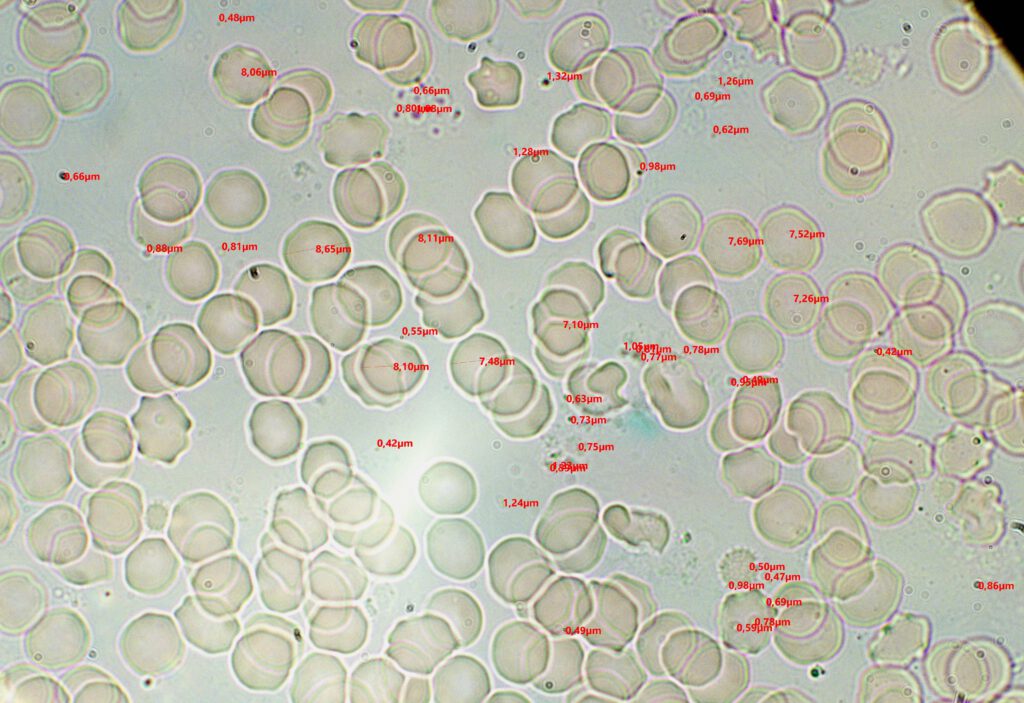


Bacteria in the blood
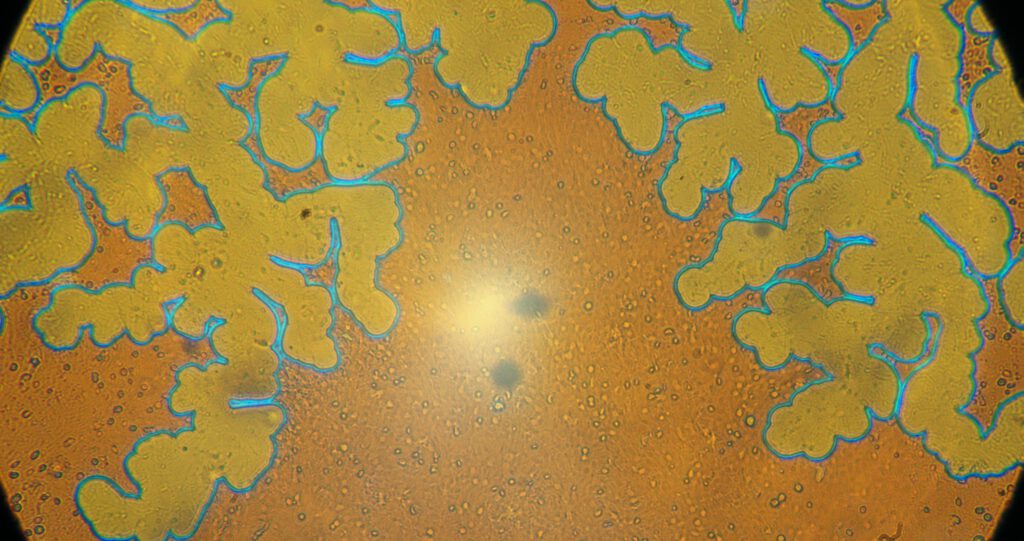
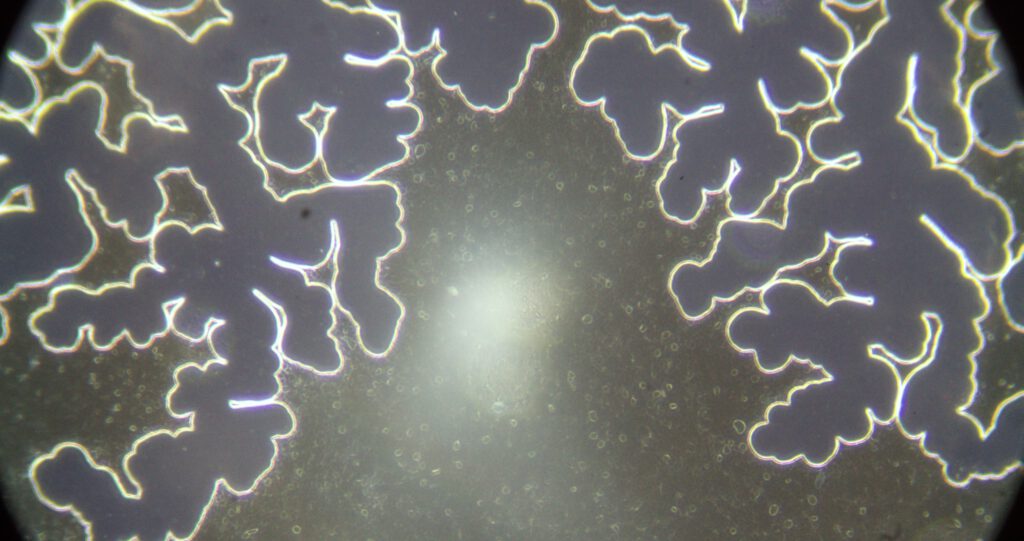

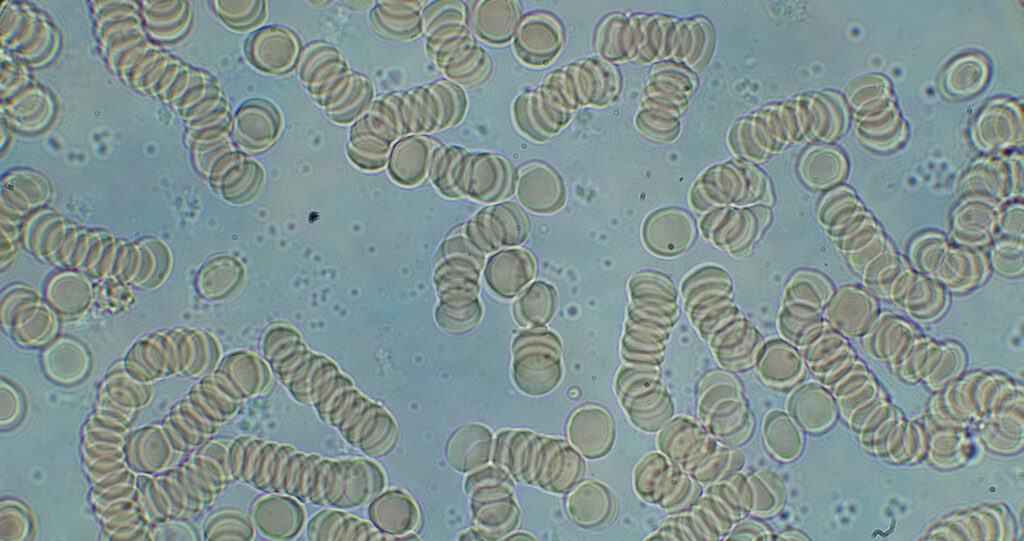


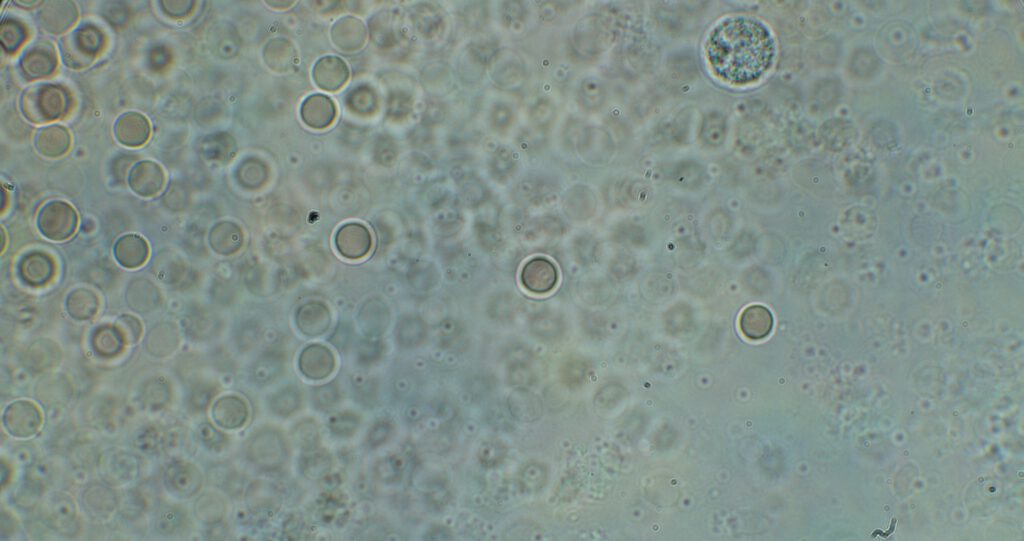

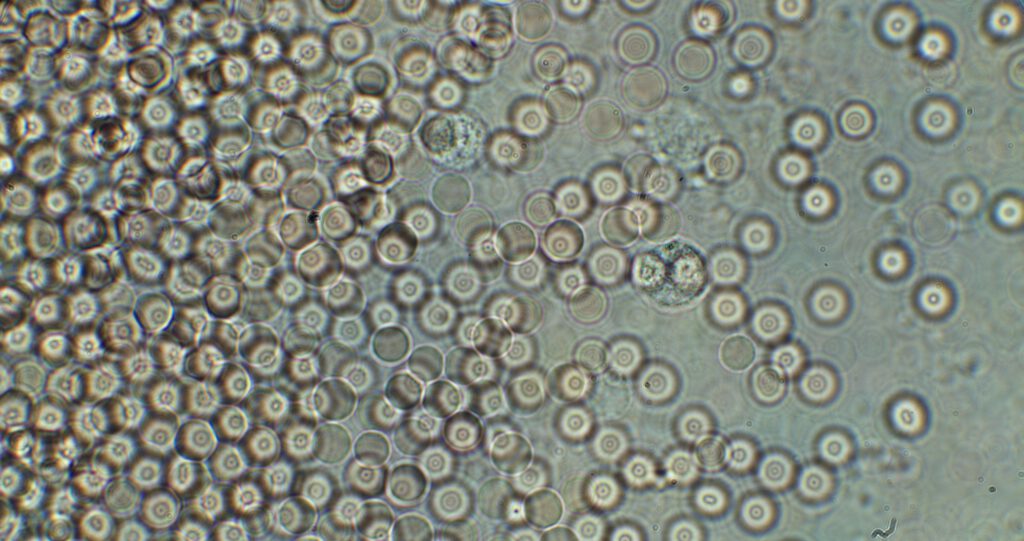

Blood test with Agar-Agar.
This experience demonstrates that blood cells contain on average 20-40 percent of intracellular parasites (Zailwurm bacteria), it is thanks to these bacteria that the blood cells move, in the first photographs the blood is before the test, after the moment and the result, the reaction occurs very intensely, the blood cells are distributed throughout sample very evenly, decrease in size, have a regular round shape, do not move. At the same time, a large number of large bacteria appear in the blood plasma. corresponding to the shape and size of the projections on the blood cells before the test (type of echinocyte)

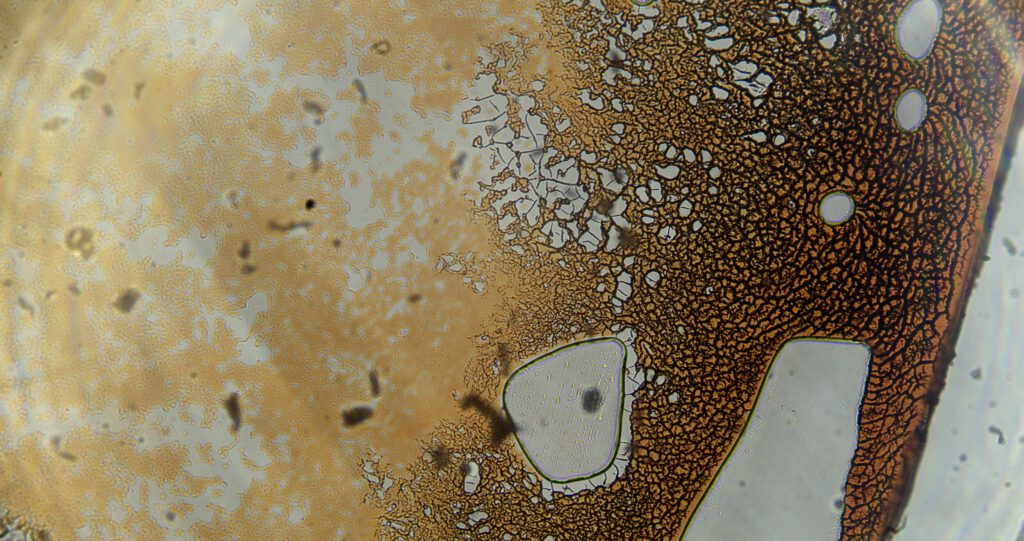


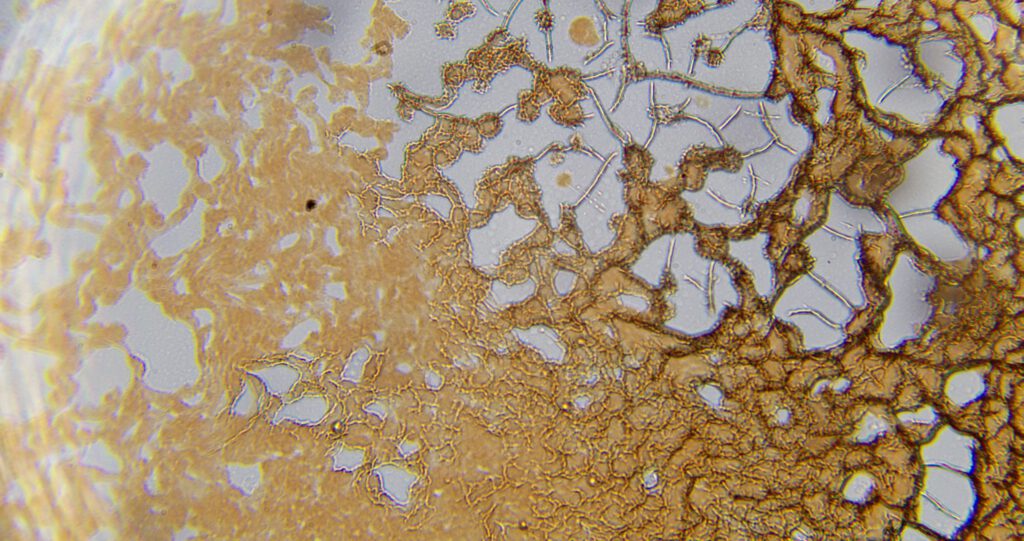
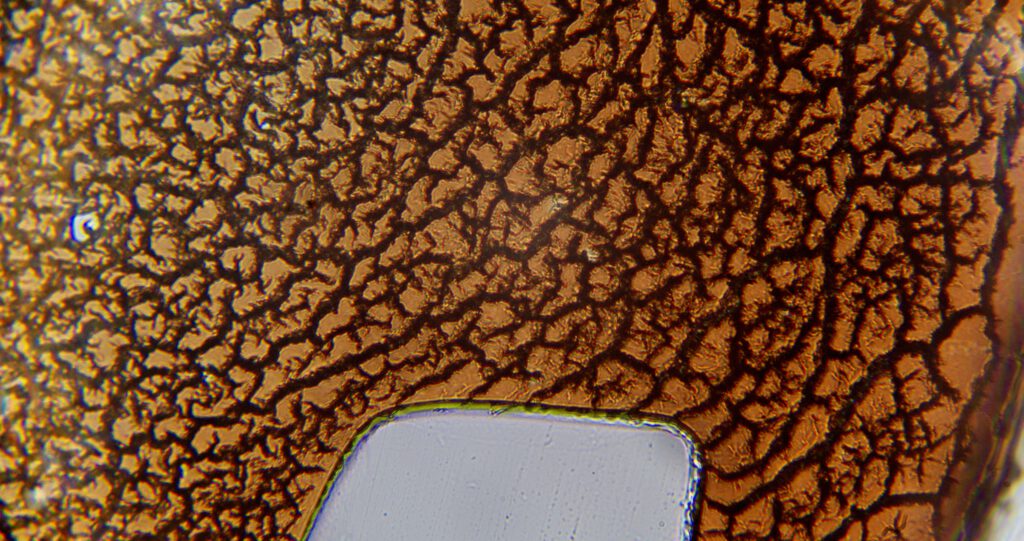
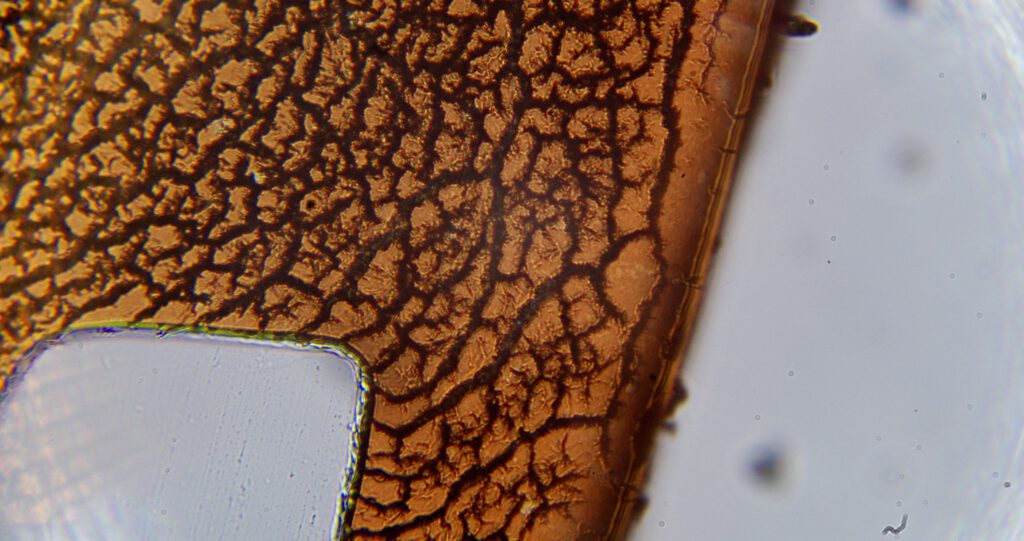
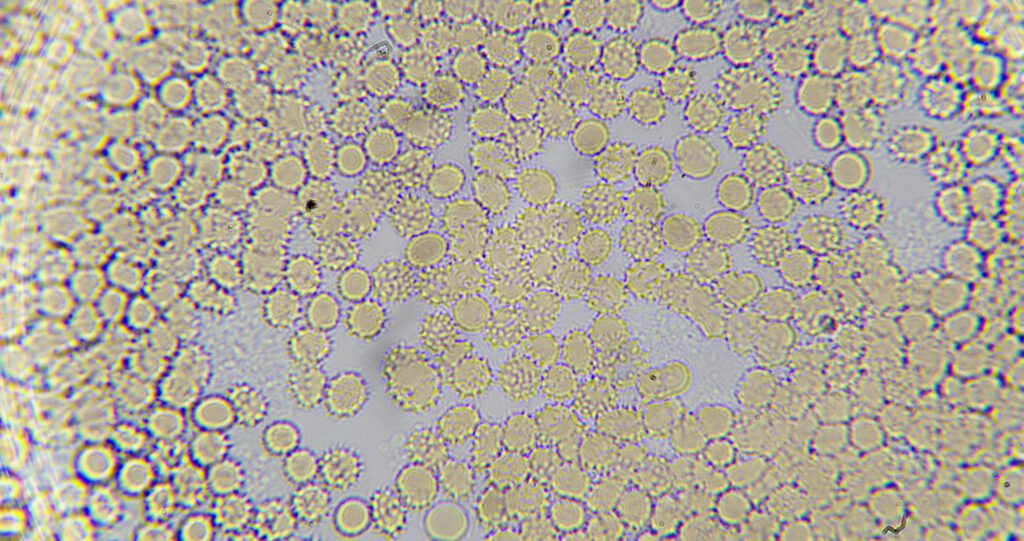
Germination of bacteria in the blood. Echinocyte is a blood cell containing a large number of Zail bacteria.
Initially, in most cases, a whole blood cell contains approximately 20 percent of Zail bacteria, which is why we can see in classic photographs of blood cells their shape is swollen along the edge, the edge of the cell resembles the shape of a donut, and inside it contains bacteria connected in a ring. The third stage is Echinocyte, (a blood cell contains 60-80 percent of bacteria Zail) a swollen blood cell that contains a large number of bacteria, this is the final stage before turning into a round Leukocyte.
A round leukocyte is a blood cell containing approximately 90 percent bacteria.
The active phase of the round Leukocyte is due to the presence of nutrients (blood cell pigment) and the increasing number of bacteria inside it; as a result of lack of food, the bacteria enter the active phase, which we can observe in the form of a significant acceleration in the vibration frequency of the bacteria. When the cell runs out of nutrients, the bacteria destroy the membrane, some of them enter the plasma and continue searching for food, the main part remains in place statically, in the form of a tightly connected group.
Similarly, the Zail bacteria behave with other large cells, for example, with yeast or seasonal plaques (figures of eight), being an intracellular parasite, the Zail bacterium penetrates the cells, grows, eating the entire nutrient medium. We can observe the same thing in tests of saliva with fats, bacteria contained in saliva (sputum) penetrate oil droplets, creating controlled plasmodium from them, bacteria develop inside such droplets (cells)

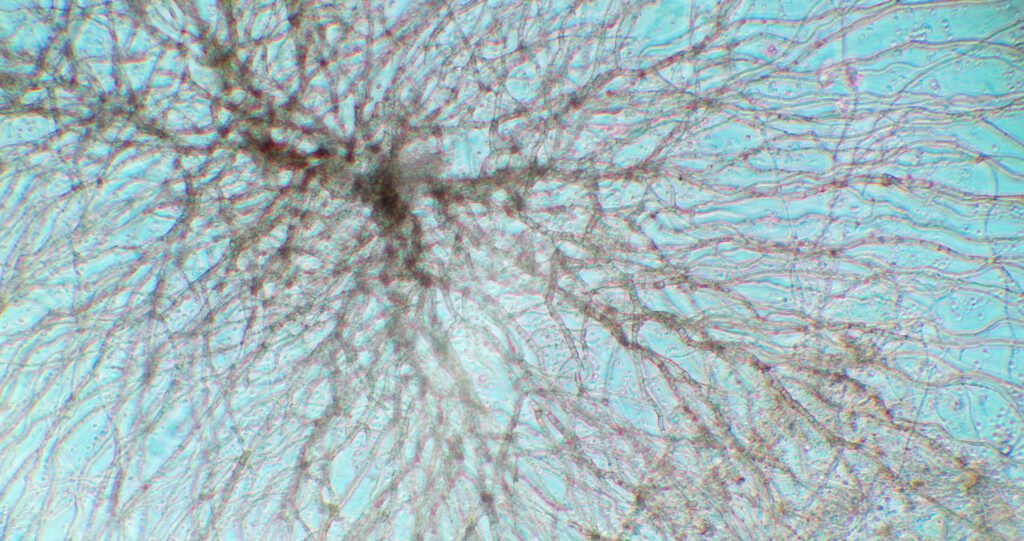
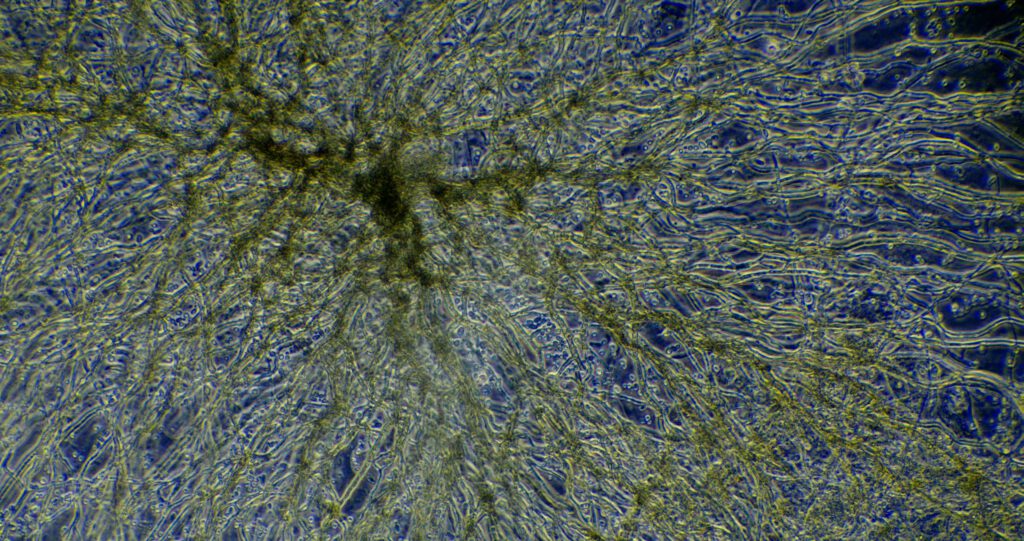
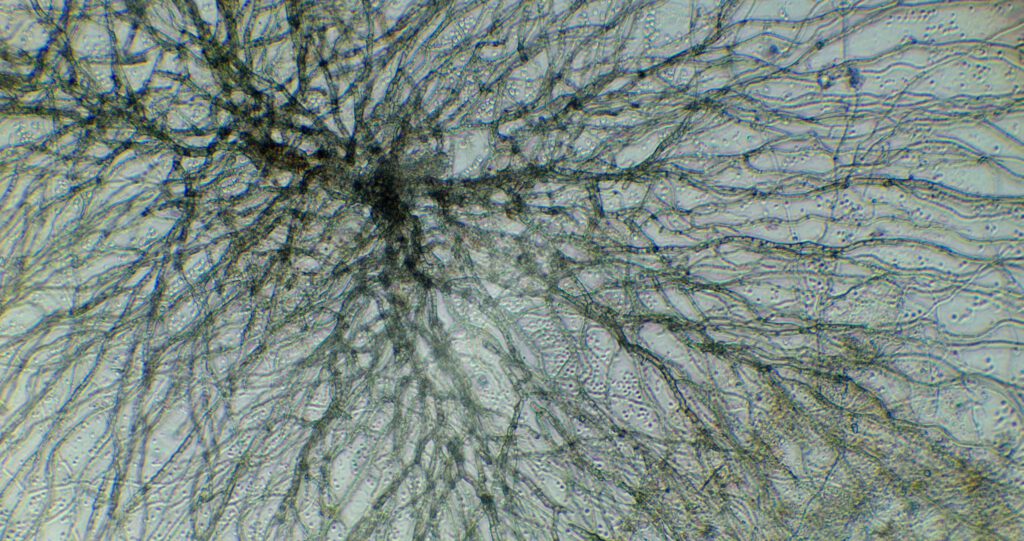
Mycelium is a classic type of growth of Zail bacteria in nutrient media containing fats or fiber.
and in the presence of favorable conditions (moisture and air) they germinate with galls and classical mold; in the presence of sugars in the sample, they can divide the oil cell into large bacteria (separate yeast growth)
